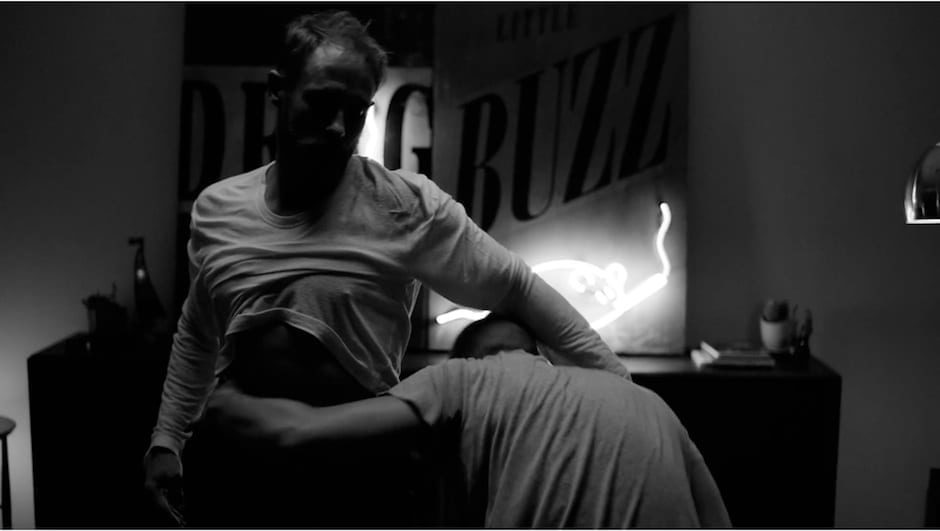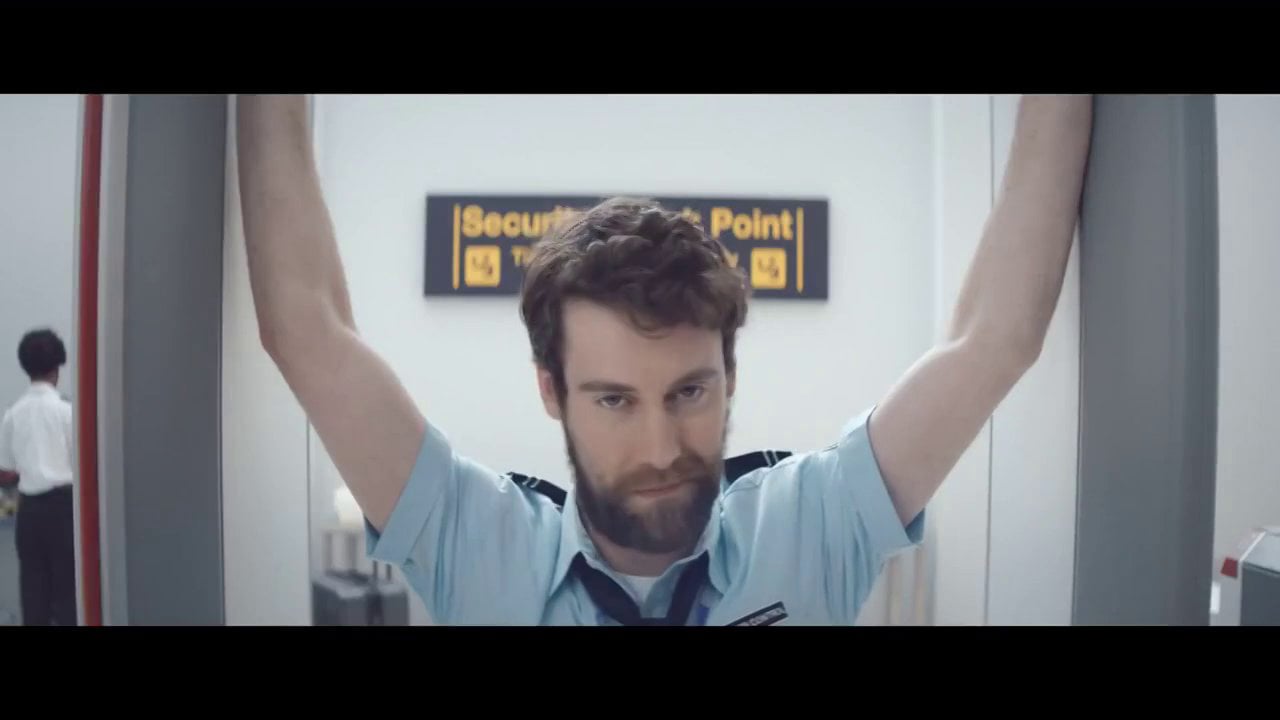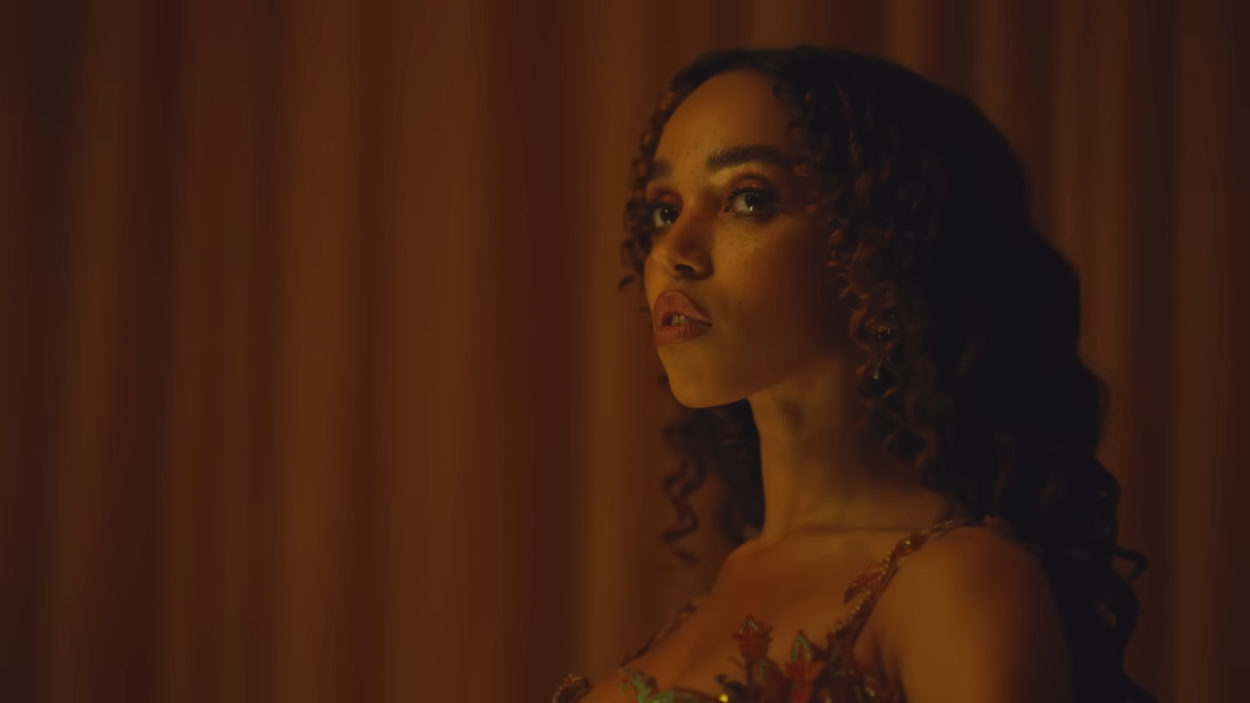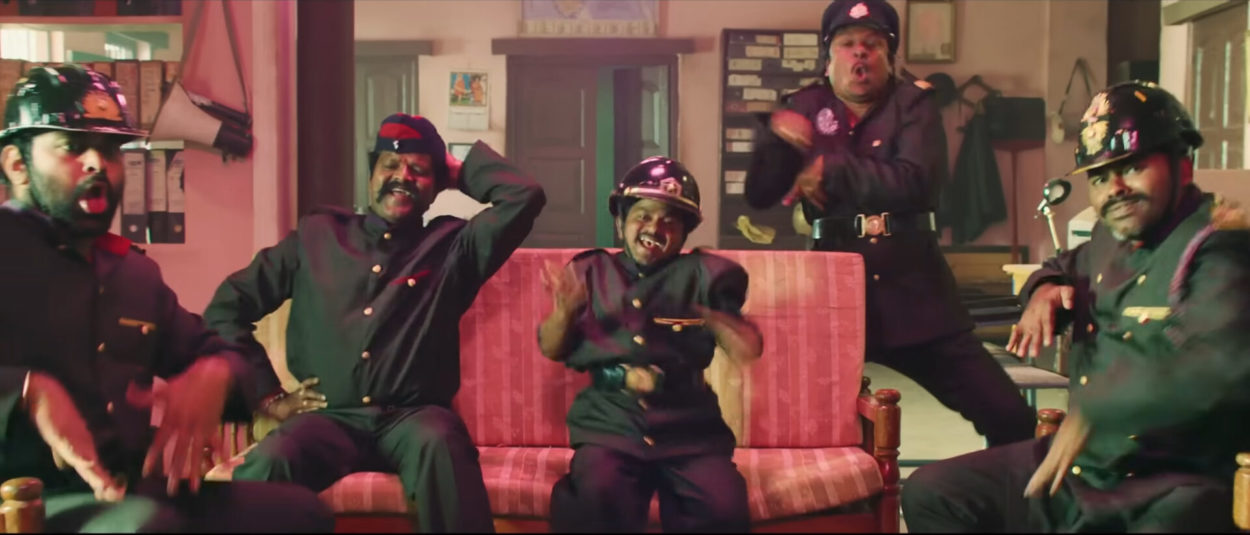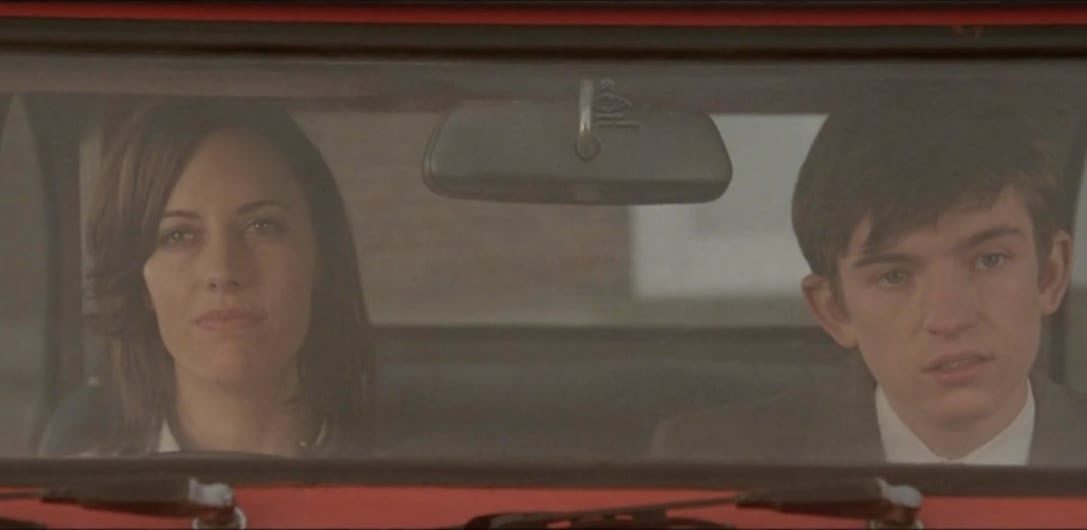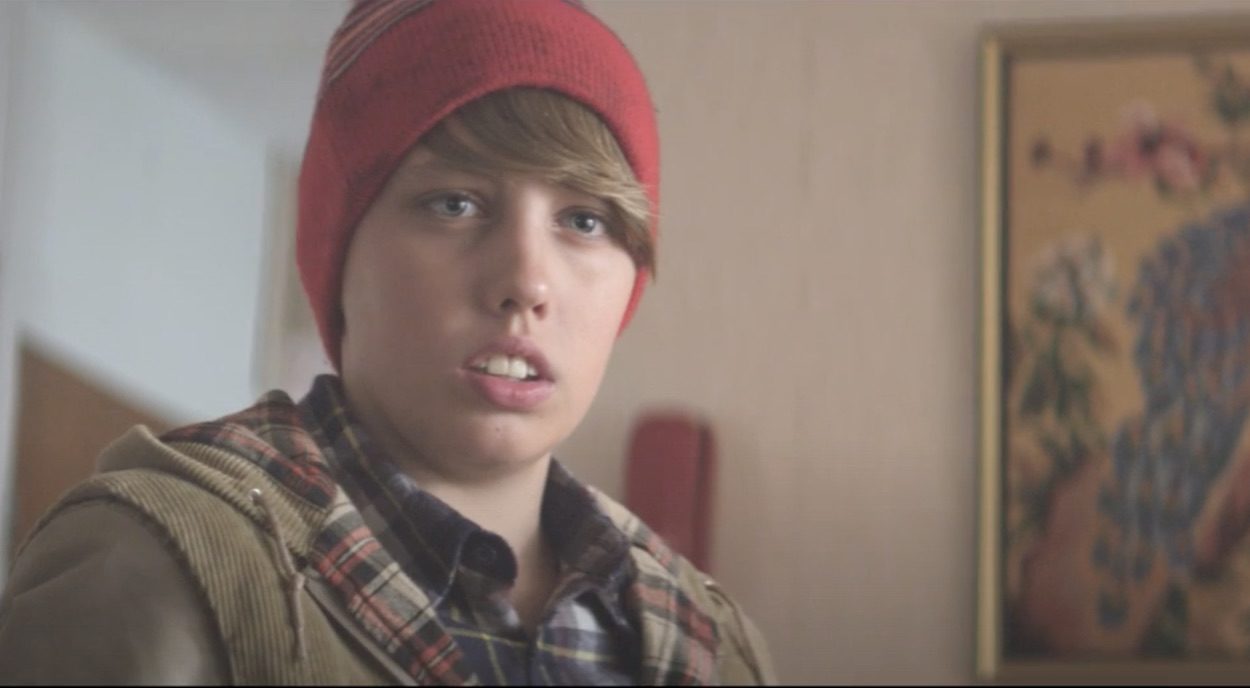Dance has often featured in your work but perhaps not in such a choreographed way as I Tried to Talk to You – although you did create a wonderfully choreographed solo routine for Cadbury’s recently (see in Related Content). Do you work with a choreographer and how, as a director, does that process work?
I’ve recently moved to Los Angeles and have developed a fantastic relationship with Ryan Heffington. He was the choreographer on this film, and has also choreographed the next music video that I shot last week (yep, there’s another one on the way!)
How do you develop your dance ideas – particularly when incorporated with special effects?
I really wanted the camera to be part of the dance in this piece. Animatics still play a big part in my thought process, but this project saw a turning point in me developing animatics via running around with a camera and the dancers in rehearsals. We had two days of rehearsal prior to the shoot; one in a studio, and one in the actual house whilst art department were prepping the location. I wanted the camera and the dance to work in synchronisation; as if the camera were a third character, and so ended up shooting and editing this video twice before the actual execution by cutting together rehearsal footage and refining.
How much do the dancers improvise or do they strictly follow planned routines? And, as is so often the case with directors who collaborate with regular creatives and crew, do you have favourite dancers you like to work with who make the magic happen?
The dancers followed planned routes apart from the strobe-ing ‘make-out’ scene. We had a routine down for that section, and then free-styled.
Ryan is a very trusted collaborator, and his knowledge and connections with dancers in Los Angeles is exceptional. It was Ryan that made this piece come together in the way that it has. Danny (the lead character) actually came in via Ryan and a 1st AD called Jesse Fleece, who works with directors such as DANIELS and Hiro Murai in LA. We’re all a close friendship group, and Danny was a pivotal dancer in DANIELS Passion Pit ‘Cry Like A Ghost’ promo.
I’ve actually used Logan (the bald man with the bigger beard) in my next promo; so look out for his cameo.
Both this, and the next project that’s on its way, has connected me with a very special dancer/performance community in LA; so this may not be the last dance piece you see from me!
Your colour grading and styling is always so particular and different in each film you make, what was behind your decision to shoot I Try to Talk to You in black and white?
I wanted to shoot using bold lighting; strong shadows and a dark mood. I had a mission in my head to make this low budget promo as hi-end looking as possible. Working on a project with a gay subject matter is a first for me, and one that I’ve really embraced. It’s very rare to be able to tackle a gay romantic narrative on a project that has a substantial budget, and so it was important to me to create a feel of high production values; otherwise, I felt, gay narratives will forever be seen as peripheral and non-mainstream, and as a result, not valid or important. My first embrace of a gay narrative (as a gay man) was not going to be done by halves!
What were the main challenges of the production and how did you resolve them?
The main challenges were time and money. Ssense, the fashion brand, came to our rescue financially and allowed us to get the ambitious budget signed off. Without them, this project wouldn’t have happened. Then it was the generosity of friends and collaborators that resulted in such a polished end product. Everyone from the wonderful producer, Allan Wachs, the dancers, the choreographer, the DP, and his crew, and the post-production department (the incredible Zak Stoltz), the edit house (Final Cut), Colonel Blimp and The Directors Bureau. EVERYONE gave their time and energy to help this passion project a reality. I am extremely grateful to everyone that made this a reality.
